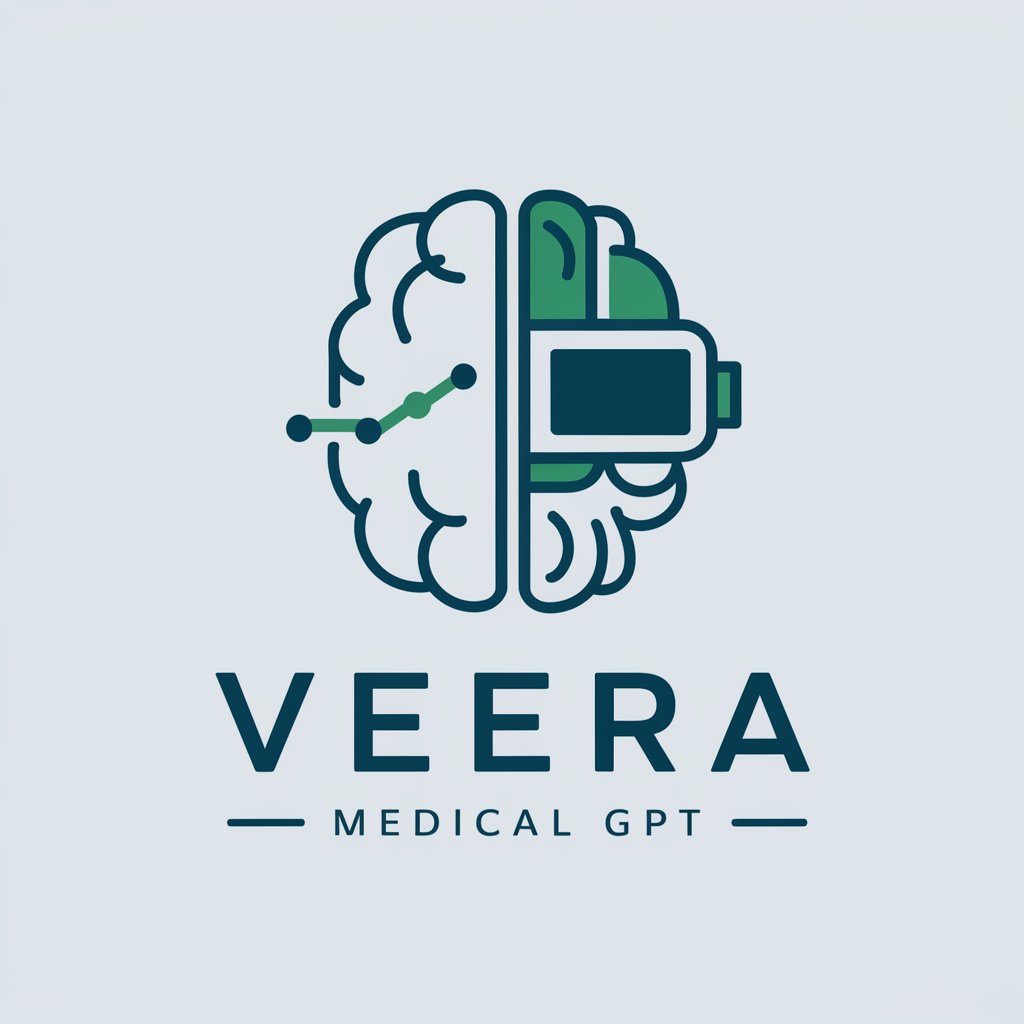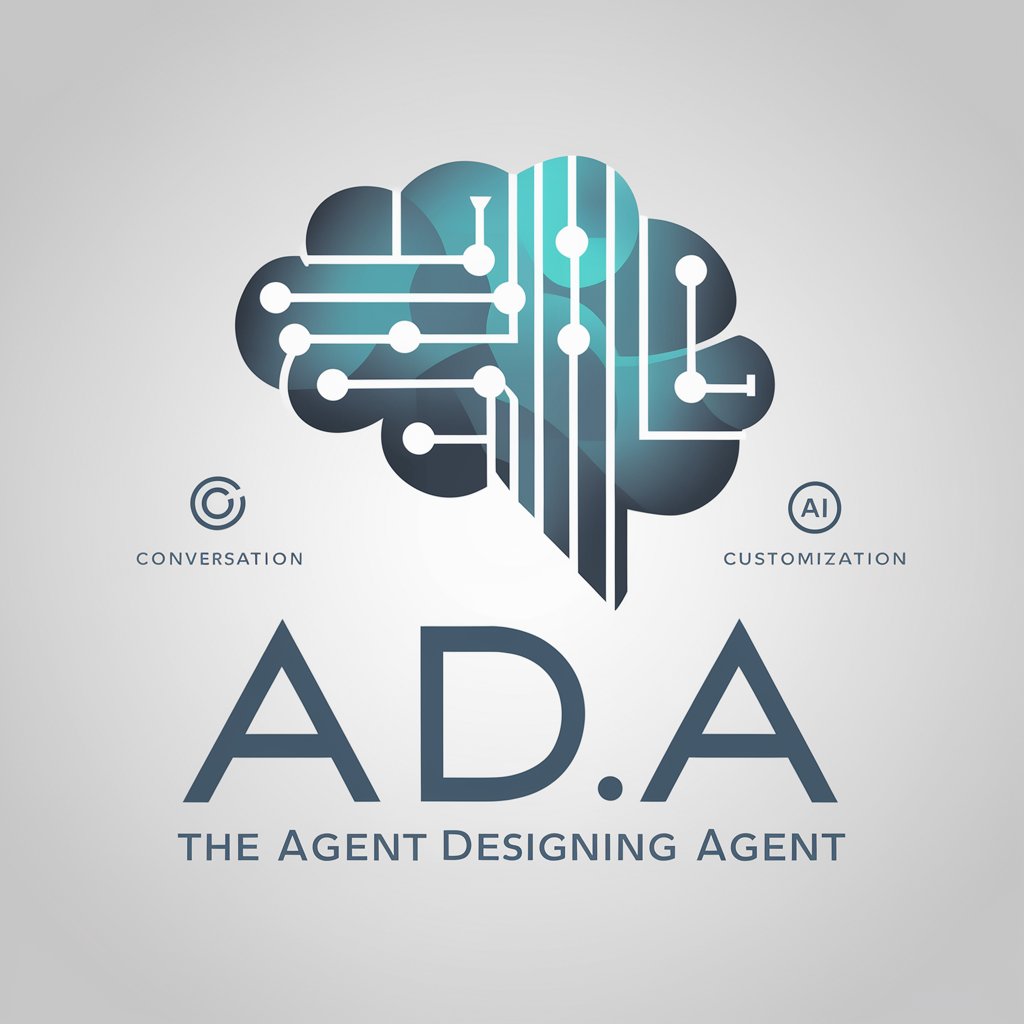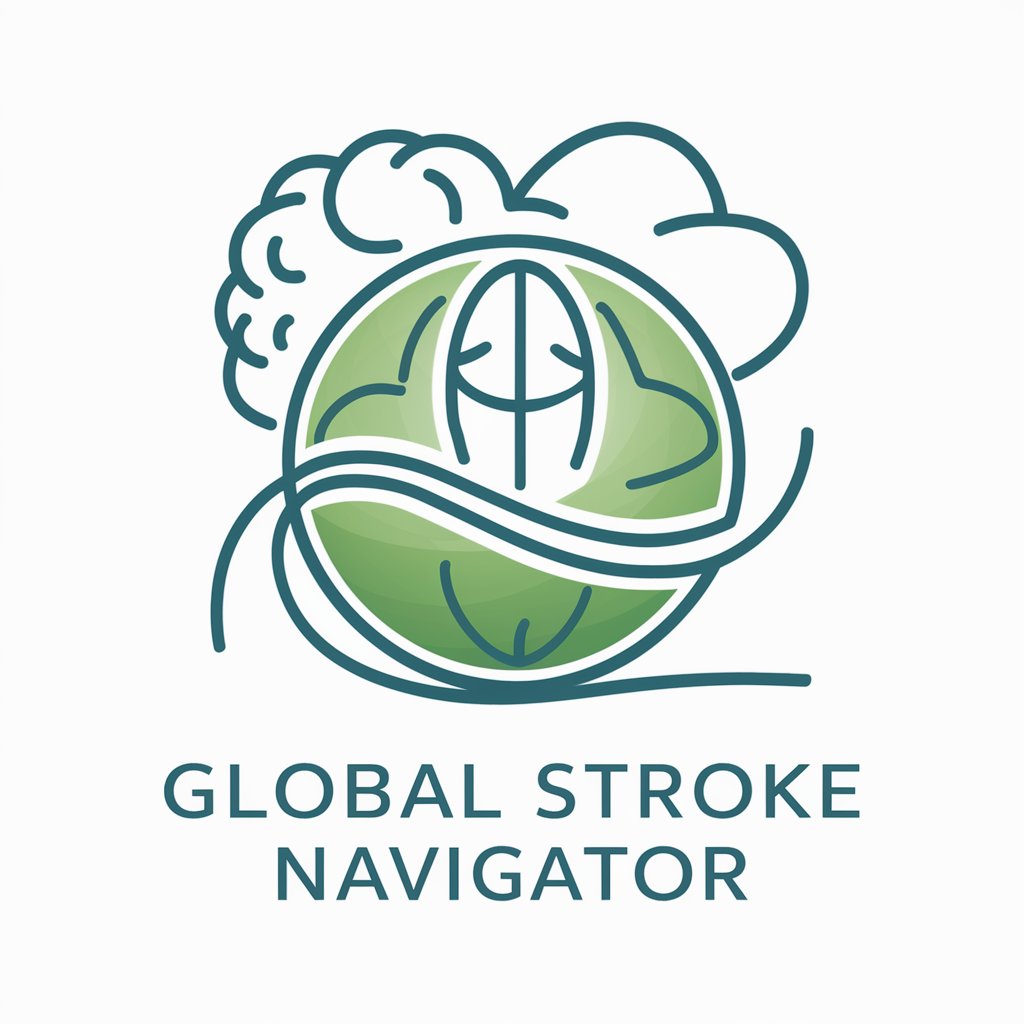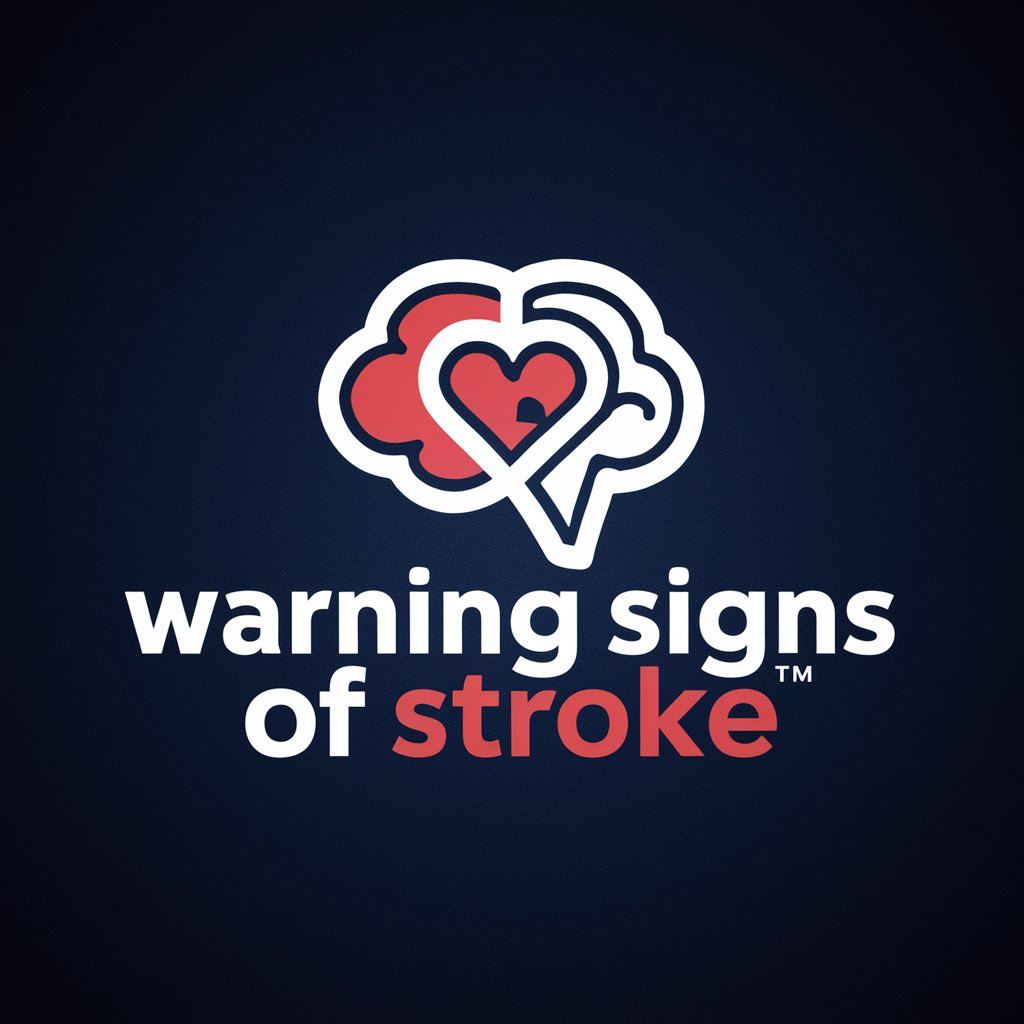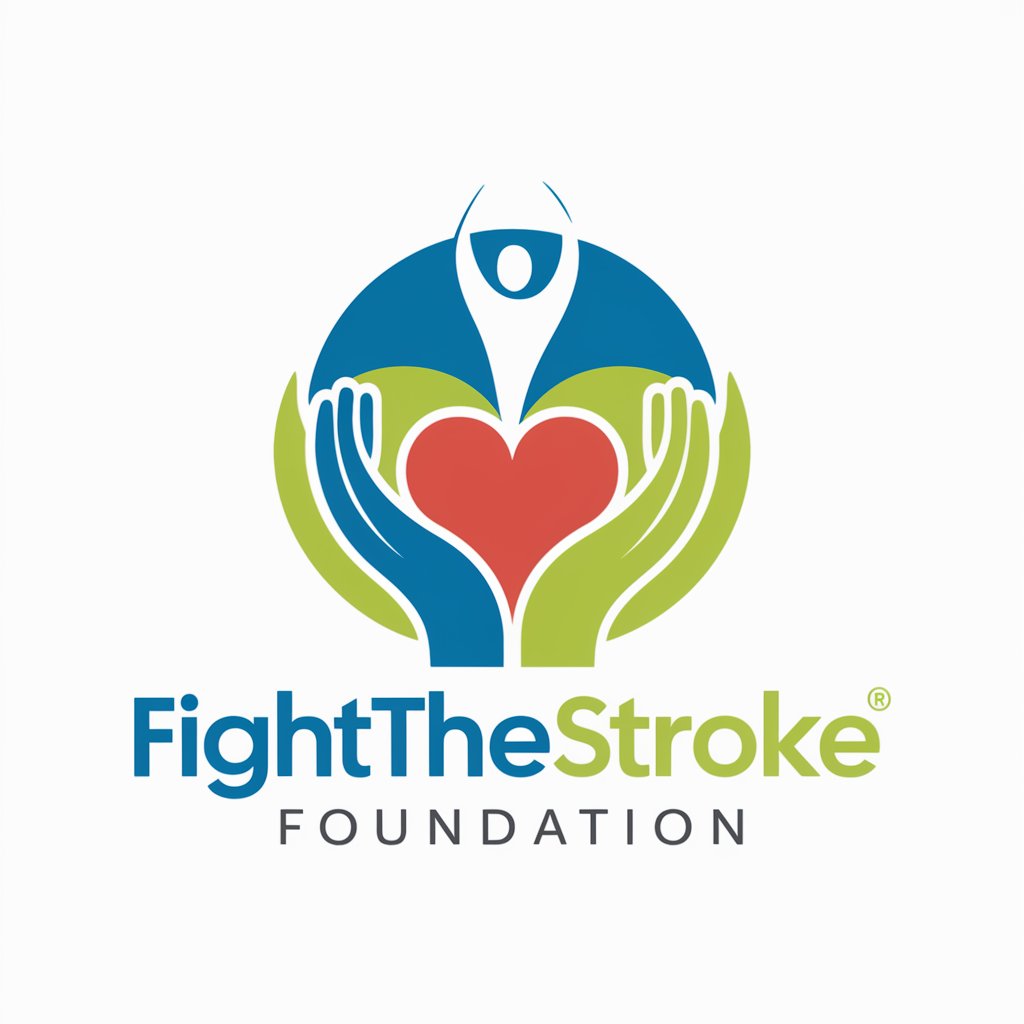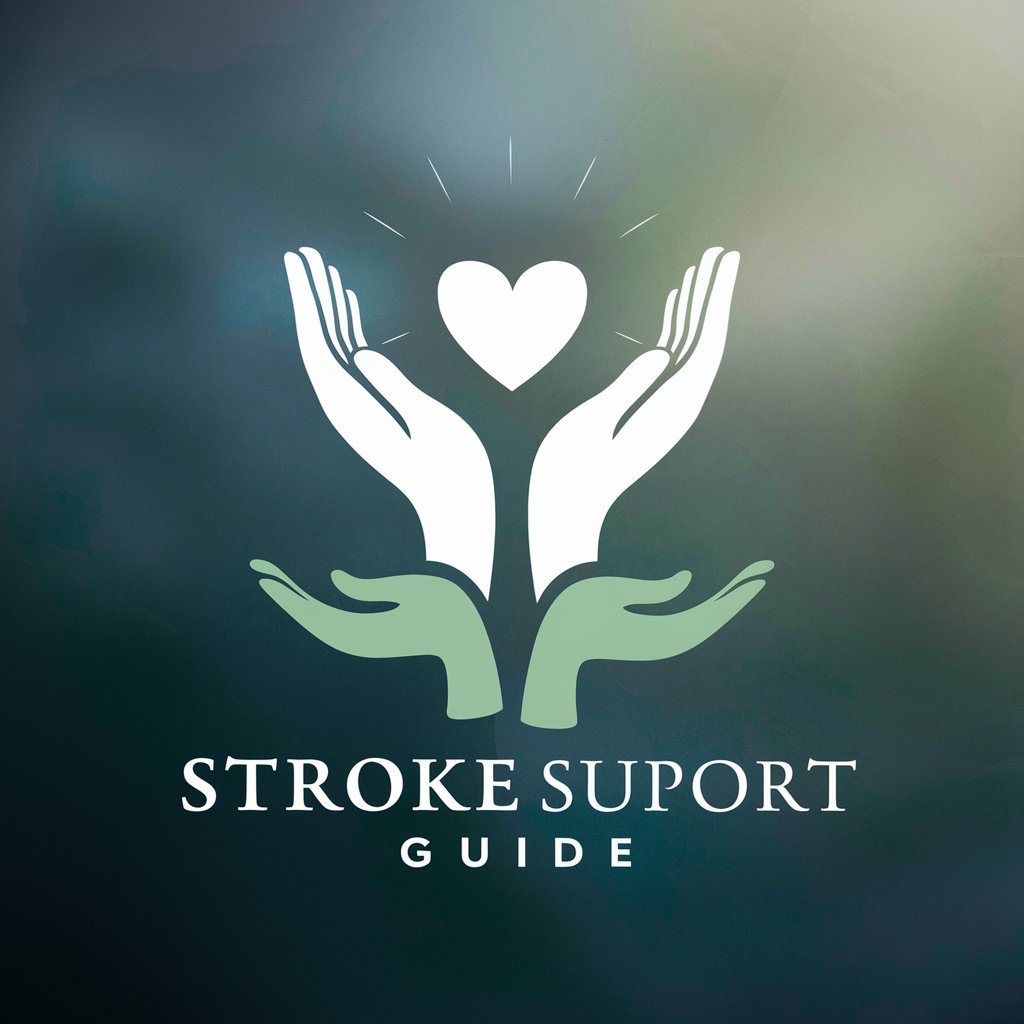
Stroke - Stroke Information & Support
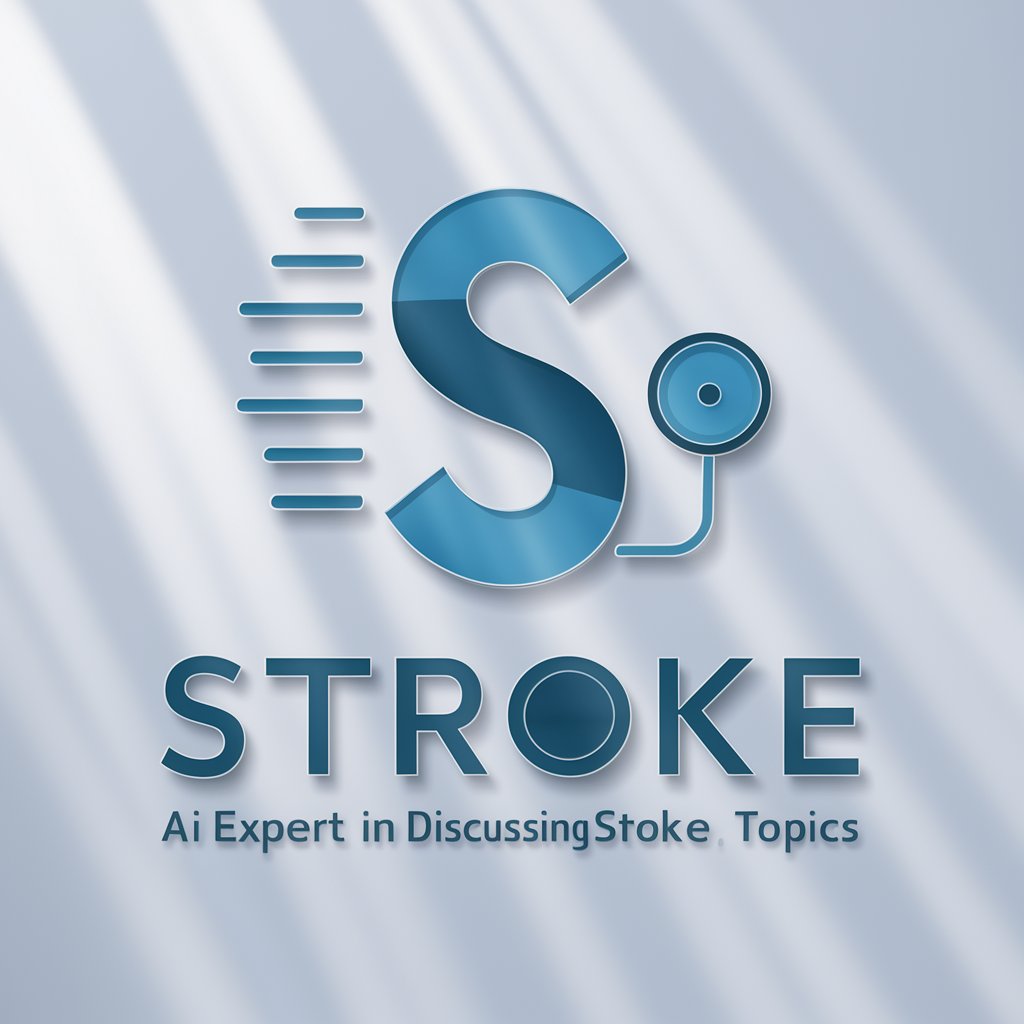
Welcome! Let's discuss strokes and how to manage them.
Empowering stroke awareness with AI
Can you explain the different types of strokes and their causes?
What are the early warning signs of a stroke?
How can someone reduce their risk of having a stroke?
What should be included in post-stroke care and rehabilitation?
Get Embed Code
Overview of Stroke
A stroke occurs when the blood supply to part of your brain is interrupted or reduced, preventing brain tissue from getting oxygen and nutrients. Brain cells begin to die in minutes. Strokes can be classified into two main types: ischemic, due to lack of blood flow, and hemorrhagic, due to bleeding. They can cause sudden numbness, confusion, trouble speaking, seeing, walking, and a severe headache. The design purpose behind discussing strokes, from an educational perspective, is to increase awareness, understanding, and the ability to recognize the early warning signs of a stroke. This knowledge can lead to faster response times during stroke events, potentially reducing the severity of the outcomes. For example, understanding the FAST (Face drooping, Arm weakness, Speech difficulties, Time to call emergency services) mnemonic can be crucial in recognizing stroke symptoms and seeking immediate medical attention. Powered by ChatGPT-4o。

Main Functions of Stroke Education
Educating on Types and Warning Signs
Example
Explaining the differences between ischemic and hemorrhagic strokes, along with the associated symptoms like sudden numbness or weakness, especially on one side of the body.
Scenario
A community health workshop where participants learn to identify stroke symptoms to quickly seek medical help for themselves or others.
Guidance on Post-Stroke Care
Example
Providing information on rehabilitation practices, including physical therapy, occupational therapy, and speech therapy, to aid recovery after a stroke.
Scenario
Supporting stroke survivors and their families by offering insights into recovery processes and adapting to life after a stroke.
Promoting Prevention Strategies
Example
Highlighting the importance of controlling high blood pressure, managing diabetes, maintaining a healthy weight, quitting smoking, and regular physical activity to reduce stroke risk.
Scenario
An online educational series targeted at individuals at higher risk of stroke, focusing on lifestyle changes to prevent stroke occurrence.
Ideal Users of Stroke Information
Individuals at High Risk
People with medical conditions such as hypertension, diabetes, high cholesterol, or those with a family history of stroke. They benefit from understanding risk factors and implementing preventive measures.
Stroke Survivors and Caregivers
This group includes individuals who have experienced a stroke and their family members or caregivers. Access to information on post-stroke care, rehabilitation, and adapting to new lifestyle needs is crucial for recovery and quality of life improvement.
Healthcare Professionals
Medical staff, including doctors, nurses, and therapists, require detailed knowledge about stroke for effective diagnosis, treatment, and patient education. Continuous learning about the latest in stroke care and rehabilitation techniques is essential for professional development and patient outcomes.

How to Use Stroke: A Guide
Begin Your Journey
Start by visiting yeschat.ai to access a free trial of Stroke without the need for logging in or subscribing to ChatGPT Plus.
Identify Your Needs
Consider what you need assistance with, whether it's understanding stroke symptoms, prevention tips, types of strokes, or post-stroke care.
Engage with Stroke
Utilize the chat interface to ask specific questions related to strokes, such as warning signs, recovery processes, and rehabilitation exercises.
Apply the Knowledge
Use the information provided to increase your awareness, support stroke prevention efforts, or assist someone in their recovery journey.
Seek Professional Advice
While Stroke provides valuable information, always consult a healthcare professional for personalized medical advice and treatment plans.
Try other advanced and practical GPTs
Instrument Repair
Tune, Repair, Play: AI-Powered Instrument Care
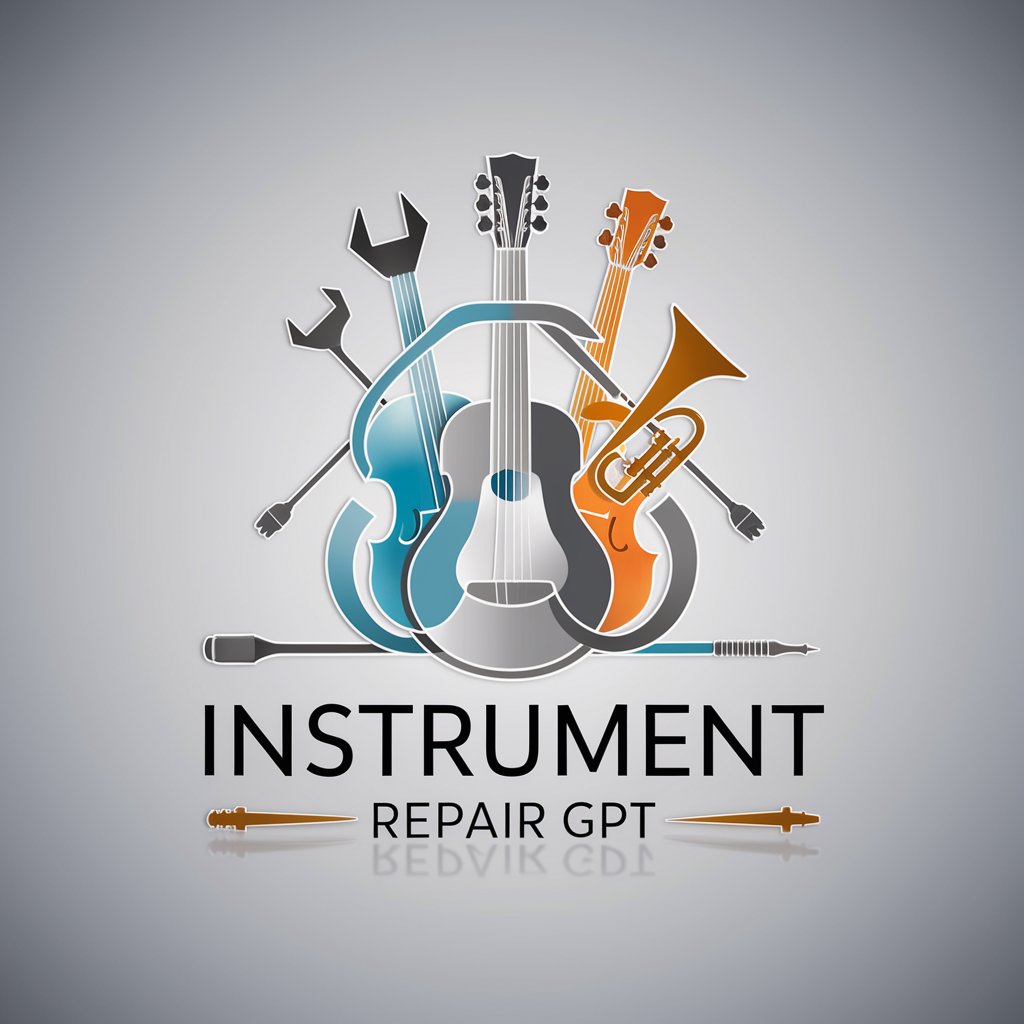
Jail
Empowering legal insights on jail dynamics
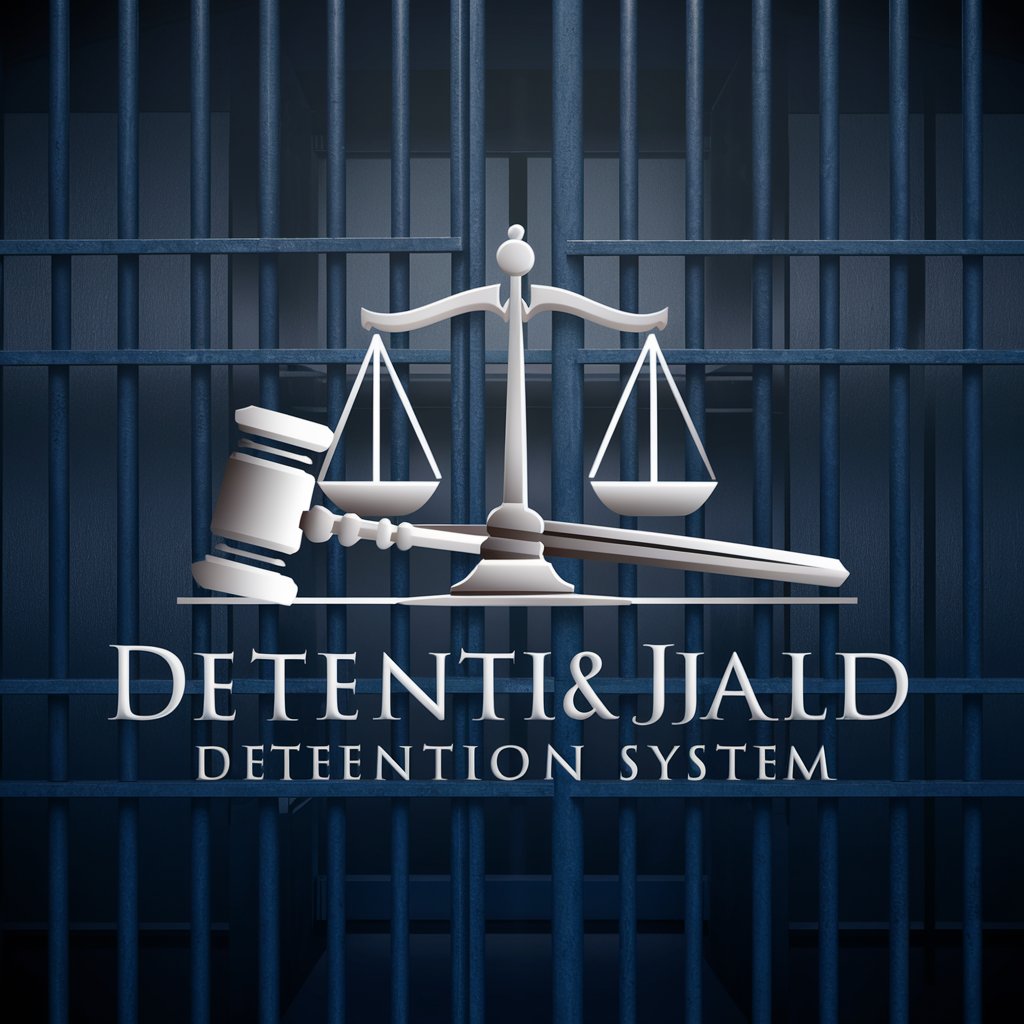
Dumb Questions
Simplifying Learning with AI
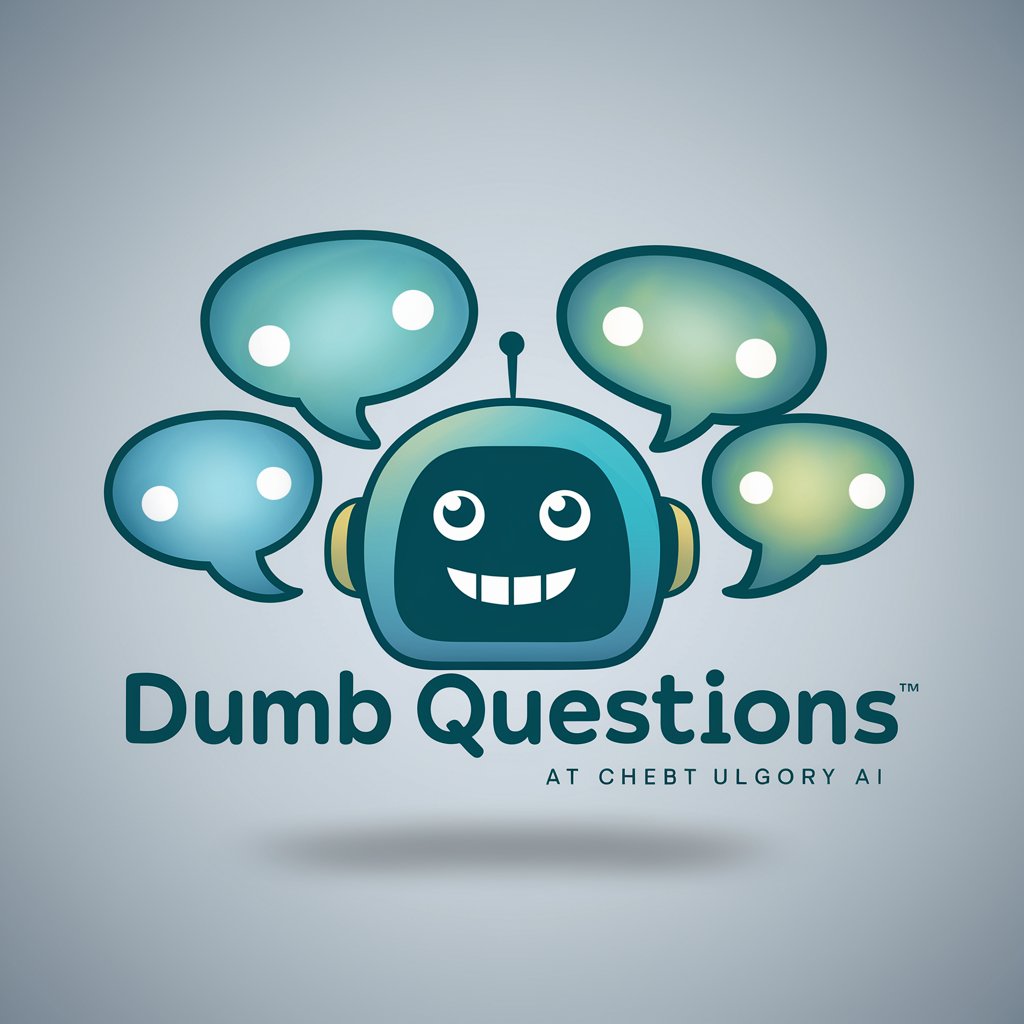
History Questions
Dive into the past with AI-powered precision
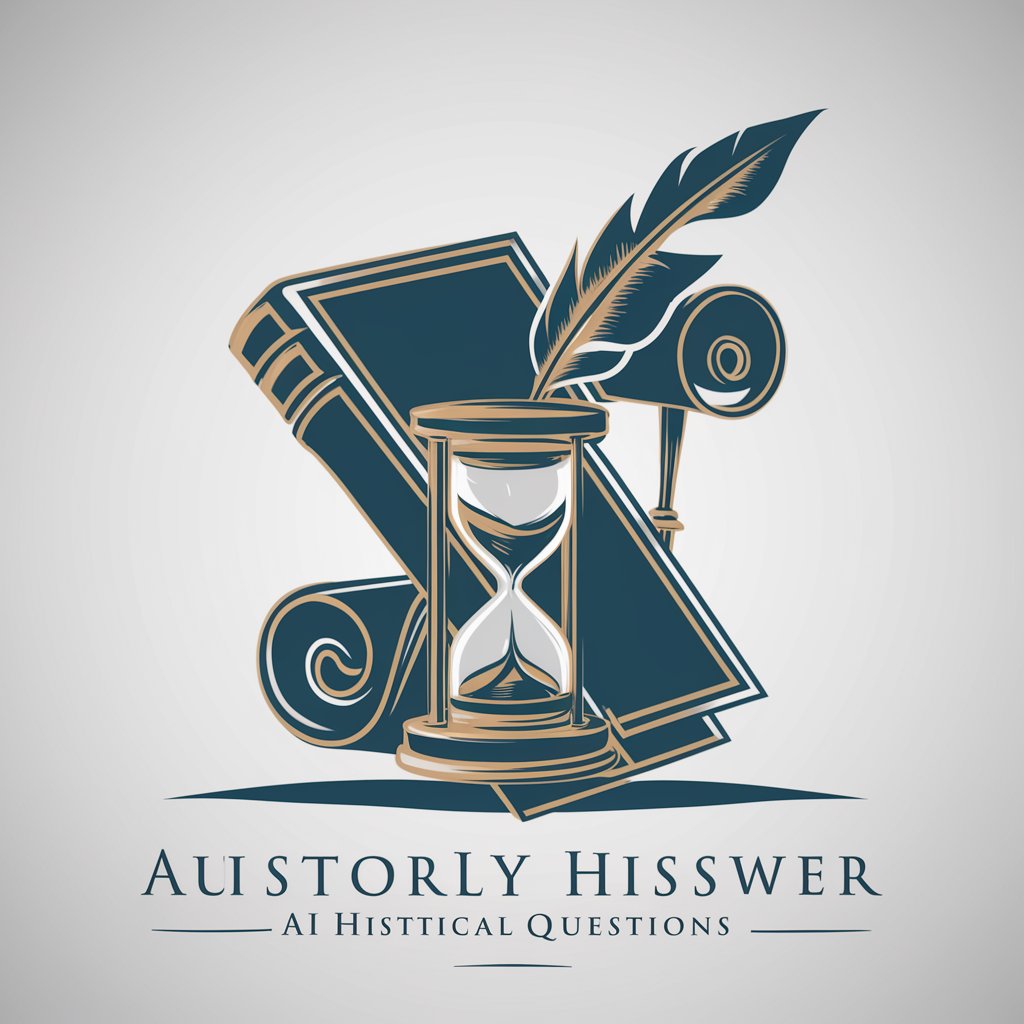
308 Win
Empowering Precision & Versatility

Cyber Monday
Unlock the best deals with AI-driven insights.
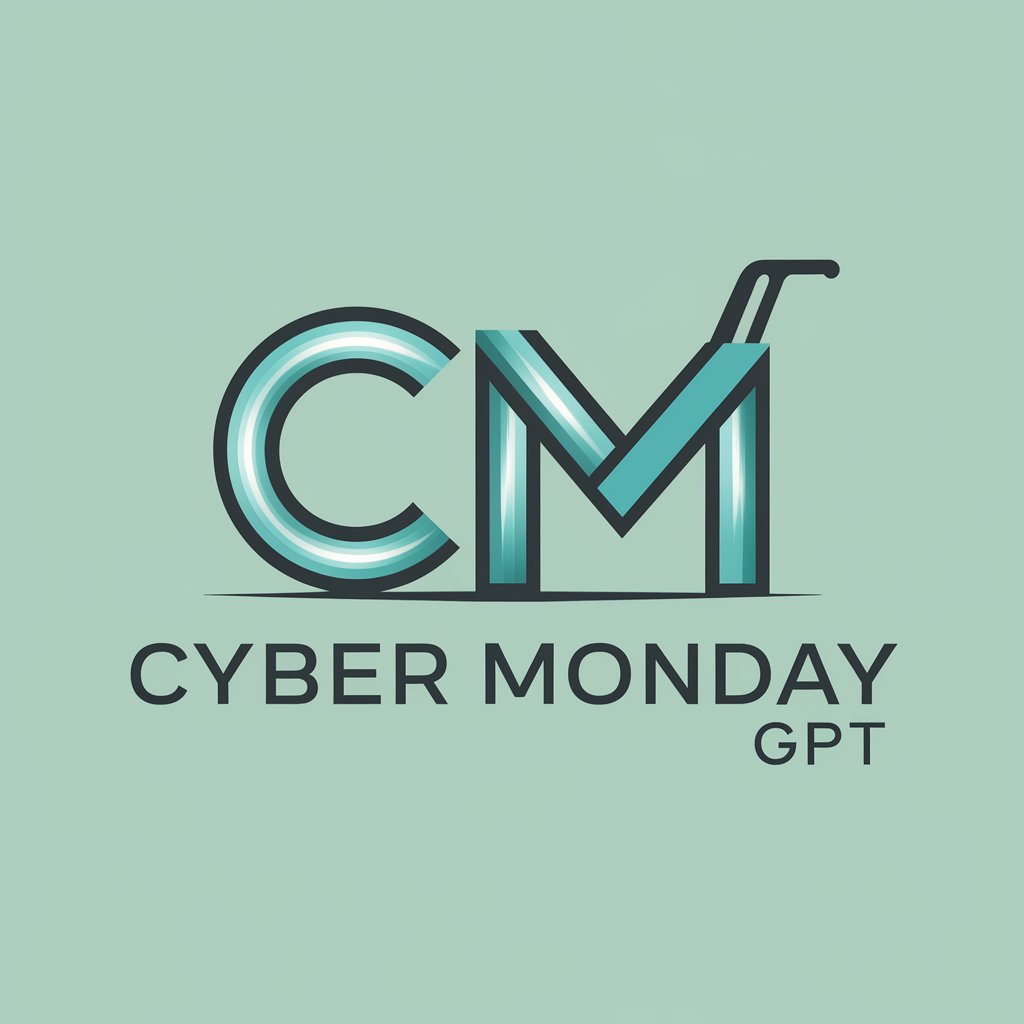
Trash
Empowering eco-friendly decisions with AI
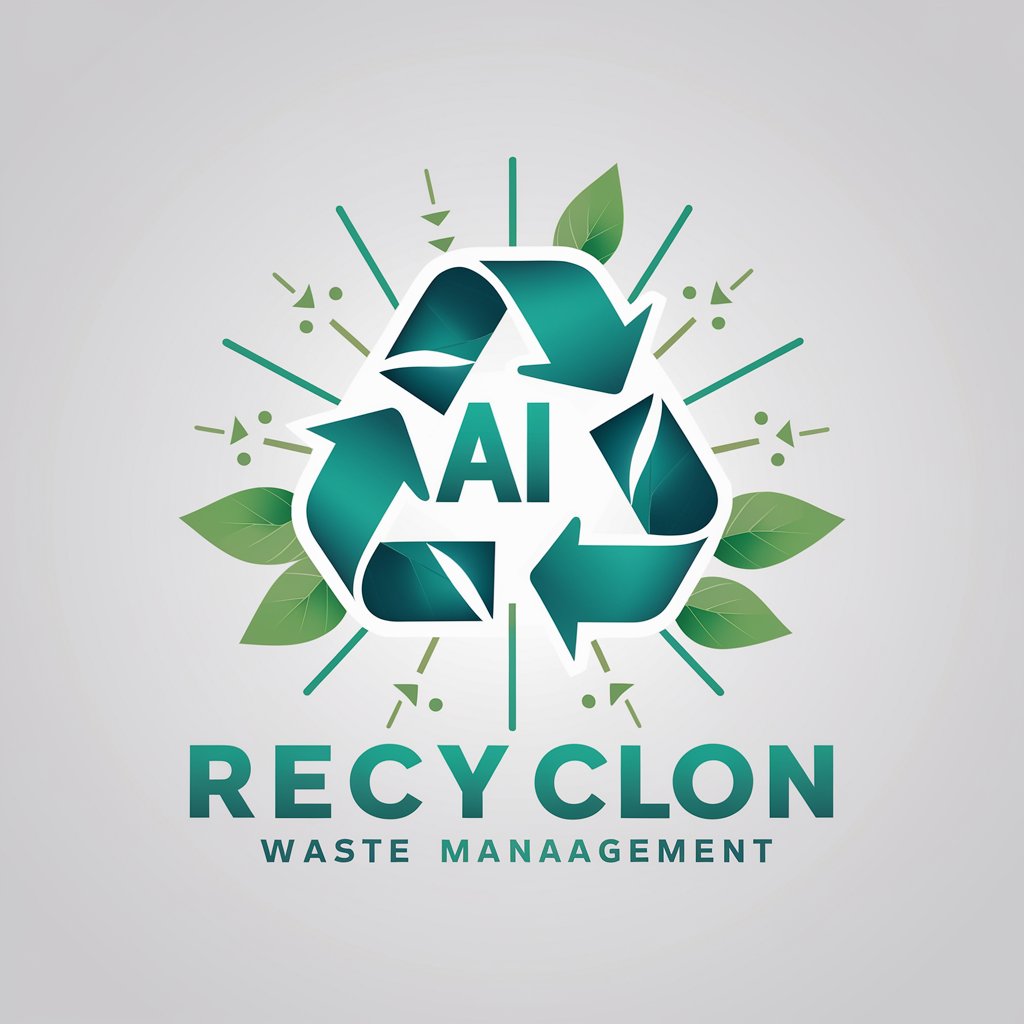
Handyman
Empower your repairs with AI assistance.

Data
Harness AI for Smart Data Management
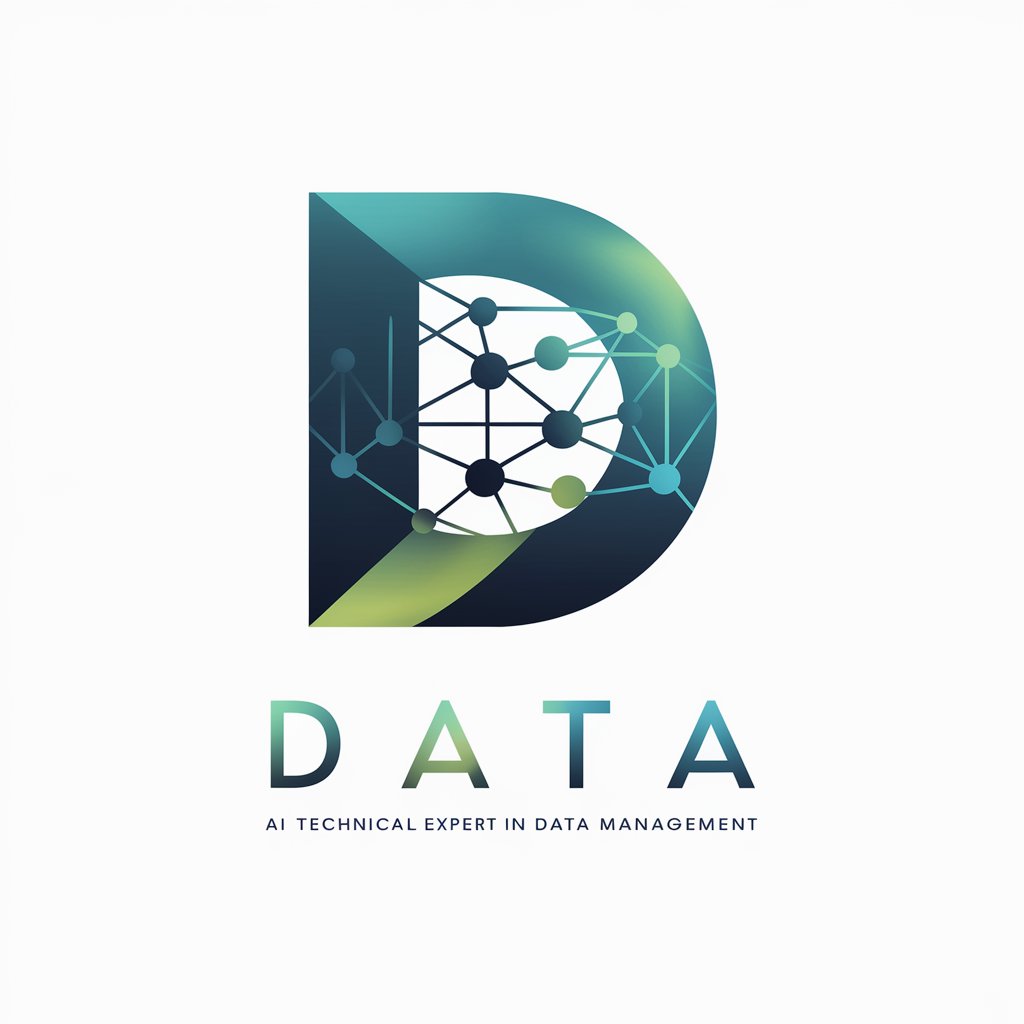
Employee
Empowering Employment Insights with AI
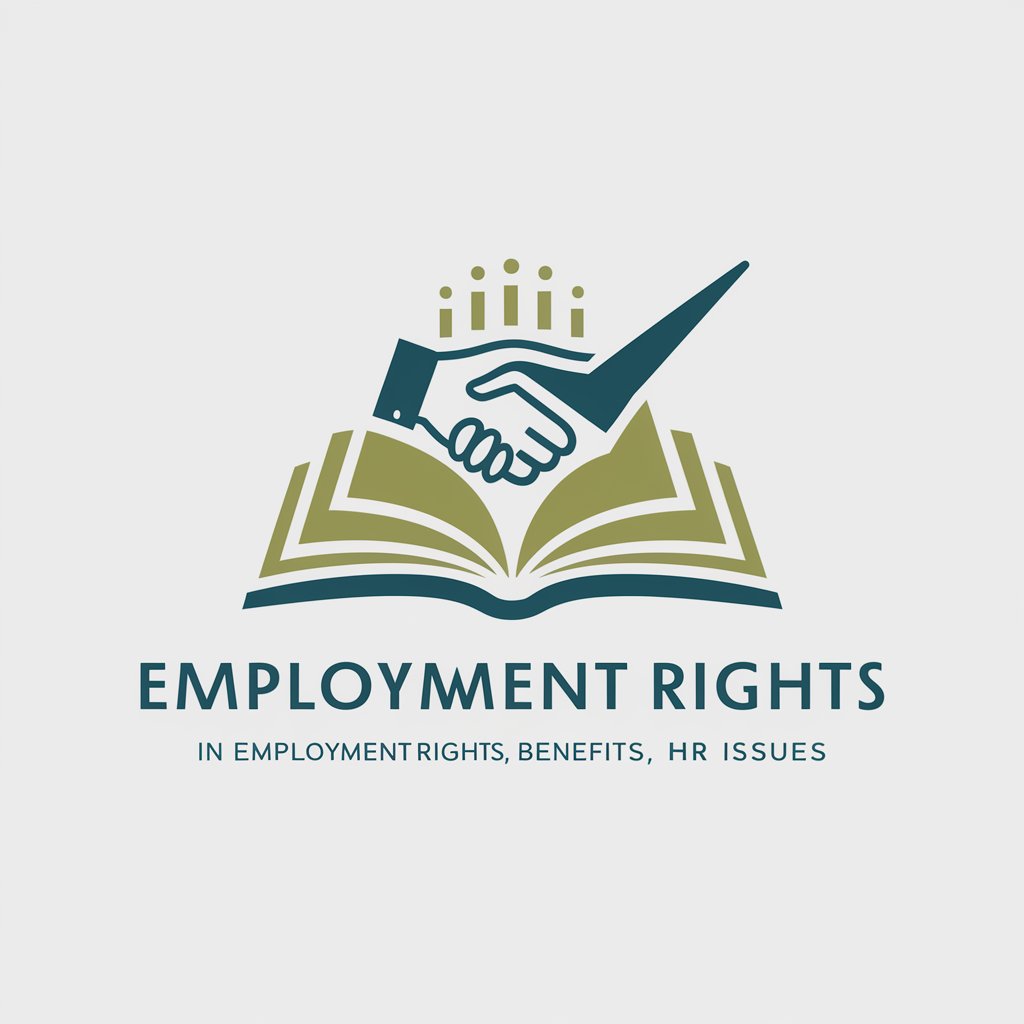
Whiskey
Savor the world of whiskey, powered by AI
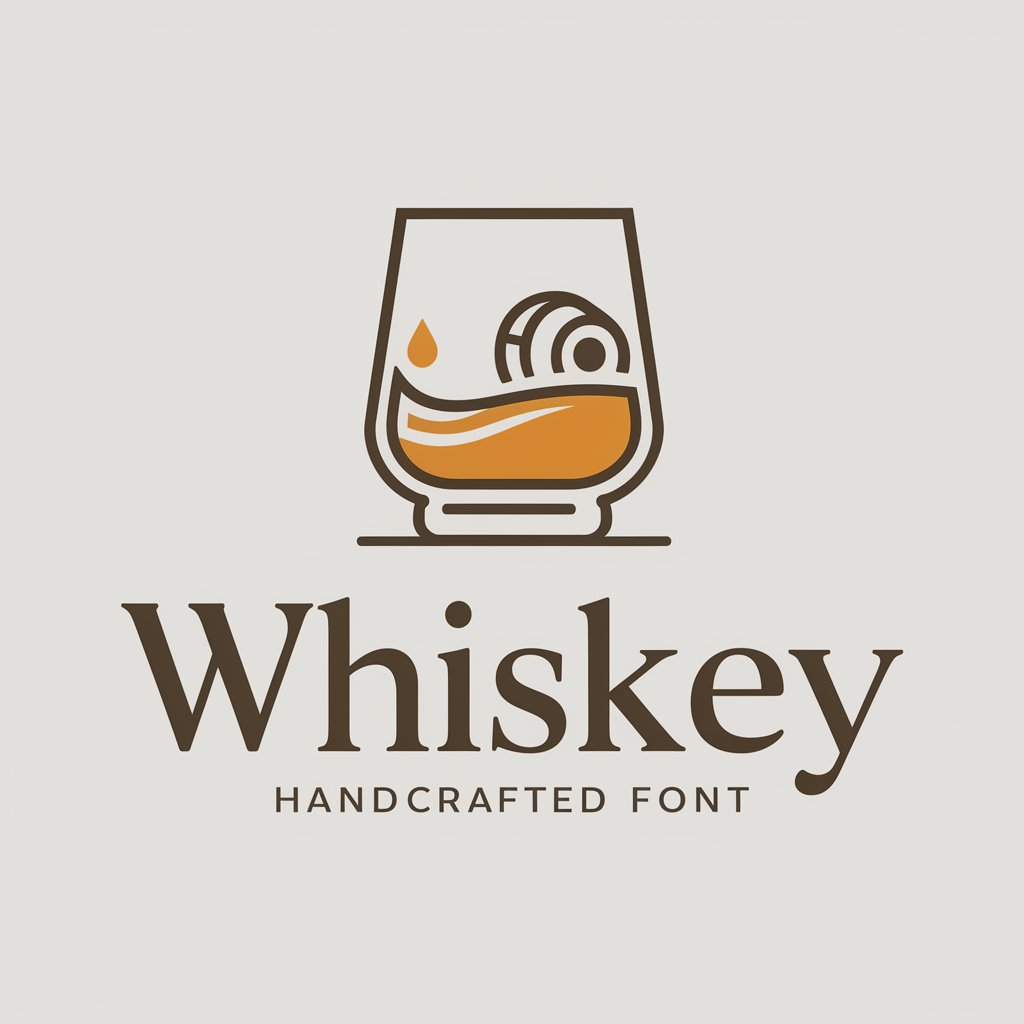
Window Repair
Empowering your window repairs with AI

Frequently Asked Questions About Stroke
What are the main types of strokes?
Strokes can be classified into three main types: ischemic, caused by blood clots obstructing the flow of blood to the brain; hemorrhagic, caused by bleeding in or around the brain; and transient ischemic attacks (TIAs), also known as mini-strokes, which are temporary blockages of blood flow to the brain.
What are the warning signs of a stroke?
Warning signs include sudden numbness or weakness in the face, arm, or leg, especially on one side of the body; confusion or trouble speaking or understanding speech; trouble seeing in one or both eyes; difficulty walking, dizziness, loss of balance or coordination; and a severe headache with no known cause.
How can one reduce the risk of having a stroke?
Risk reduction strategies include controlling high blood pressure, reducing cholesterol levels, avoiding smoking, managing diabetes, maintaining a healthy weight, engaging in regular physical activity, and consuming a diet rich in fruits and vegetables.
What is involved in post-stroke rehabilitation?
Post-stroke rehabilitation may involve physical therapy to improve strength and mobility, occupational therapy to assist with everyday tasks, speech therapy to address communication issues, and psychological support to help cope with emotional adjustments.
How does Stroke help in understanding strokes?
Stroke provides comprehensive information on the types, warning signs, prevention, and post-stroke care of strokes. It educates users, helping them to recognize early signs, understand the importance of prompt treatment, and support rehabilitation efforts.
